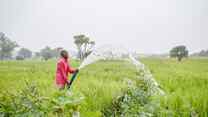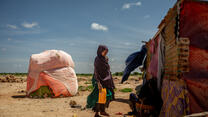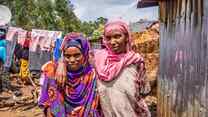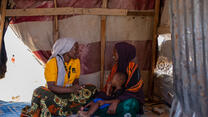The World Bank’s International Development Association (IDA) is one of the most critical tools at the Bank’s disposal in its mission to end extreme poverty on a livable planet. This makes the IDA replenishment more than just a chance to mobilize funds — it’s a critical opportunity to reshape how development finance works for the communities that need it most.
By 2030, 60% of people living in extreme poverty will be in countries affected by fragility, conflict and violence (FCV), according to the Bank’s own projections. Solving the challenges in these crisis-affected communities is no longer peripheral to the World Bank’s mandate — it is central to its goal of ending extreme poverty on a livable planet.
IDA is one of the few lifelines available to conflict-affected LDCs and is increasingly called on to fill the gap left by other development and climate funds.
Four actions can help the World Bank and shareholders maximize IDA’s potential in the new geography of extreme poverty:
- A robust IDA replenishment: Commit to a robust IDA21 replenishment by pledging contributions that exceed the IDA20 amount in real terms, and preserve access to grants and highly concessional loans for conflict-affected LDCs.
- An FCV-inclusive IDA21 — policy framework and partnerships: Drive progress on FCV, gender equality and refugee inclusion and ensure that the growing number of communities impacted by conflict, violence and unconstitutional transfers of power are not left behind. Expand on the Bank’s commitment to diversify delivery partnerships in FCV countries to more effectively reach marginalized communities.
- People-centered financing in the new geography of extreme poverty: Establish reforms to improve IDA performance and delivery in FCV contexts, including via expanded eligibility to the FCV Envelope and improved political risk mapping to inform qualitative assessments.
- Sustaining engagement in contexts under the control of de facto authorities: Integrate assessments of the potential disruption of budget support that could result from DFAs in IDA countries, and set out appropriate adaptation measures that IDA could deploy, including switching to NGO or U.N. partnerships to continue critical projects in appropriate areas of service delivery, such as healthcare, education and gender-based violence (GBV) prevention and response.



